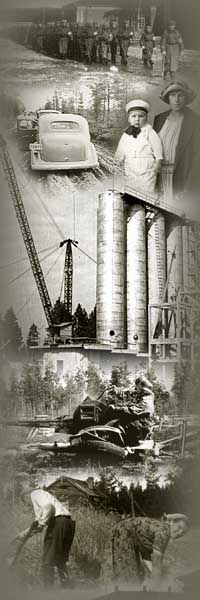 |
 |
|
Summary:
Jari Okkonen, From
intracultural diversity to shared uniformity – An overview of
pre-modern societies in the coastal area of Northern Ostrobothnia
The view of late Iron Age and medieval Northern Finland provided by
archaeology, ethnography and history underlines the religious,
linguistic and ethnic diversity of the societies living and
co-operating in the area. Early historical sources refer to the names
of these groups, which represent both corporate groups of various kinds
and local communities living permanently in the region. During the 14th
century the Swedish crown and Catholic Church strengthened their grasp
over this northern coast, and Sweden and Novgorod, the latter acting
through the Karelians, were engaged in a struggle for control of the
area. This process intensified the cultural uniformity and group
solidarity of the communities, which, having earlier been derived from
propinquity, now emphasized their similarity.
Takaisin
Studia Historica Septentrionalia 80
|
 |